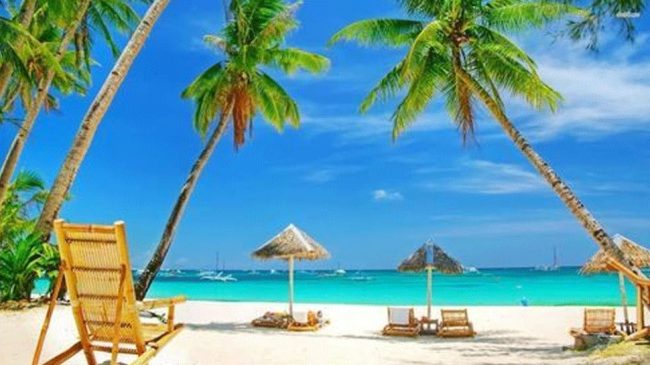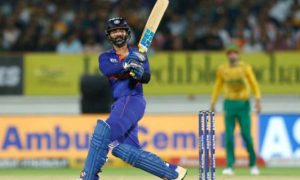Now, AI-powered robots will do the baywatch on Goa beach. The state-appointed lifeguard organisation Drishti Marine has recently introduced artificial intelligence (AI) in their system as Aurus, a self-driving robot and Triton, an AI-powered monitoring system, to augment its life-saving capabilities.
This comes amid an increase in beach-related incidents in the region. In the past two years, over 1,000 rescue incidents were witnessed along the coastal belt.
Both the AI-monitored camera-based systems can monitor the surroundings, assess and detect risks, share real-time information with on-duty lifeguards so they may respond faster to avoid tragic incidents.
Developed by Drishti Works, a division of Drishti, Aurus mans the state’s expansive coastal stretch. The new addition will aid in increased surveillance and crowd management of beaches. Aurus is a self-driving robot developed to assist lifesavers by patrolling extensive non-swim zones and alerting tourists during high tide.
It employs artificial intelligence to assist lifeguards in a variety of beach duties. Aurus will work alongside lifesavers in emergency circumstances, from patrolling to providing multilingual notifications. Furthermore, the AI bot bears a 100-kilo payload and hence also doubles up as a logistics support vehicle. Aurus has completed 110 hours of autonomous work along the coast, covering approximately 130 kilometres.
Also Read– Repo Rate, Plastic Money And MICR: 10 Finance Terms To Improve Your Banking Understanding
Along with the Aurus, the Triton AI system’s primary focus is to provide completely AI-based monitoring of non-swim zones, thereby, alerting tourists of the danger and notifying the nearest lifesaver. It will work in tandem with Aurus to provide comprehensive coverage of the beaches. Triton will patrol non-swim zones, identify and transfer information to lifesavers and help them identify tourists entering the water during high tide and in danger-prone areas.
“The main reason is to incorporate new technology under the banner of lifesaving to help to mitigate risks while assisting the manpower to be more effective in ensuring the safety and security of individuals on the beaches. The inclusion of AI highlights the progress made in the department of lifesaving. As society grows more and more reliant on technology, it’s only suitable to ensure it is appropriately applied in all sectors of life,” said Navin Awasthi, Operations Head of Drishti Marine, as reported by PTI.
Read More: Paytm Payments Bank introduces RuPay credit card on UPI
Triton has so far completed 19,000 hours of runtime.





































